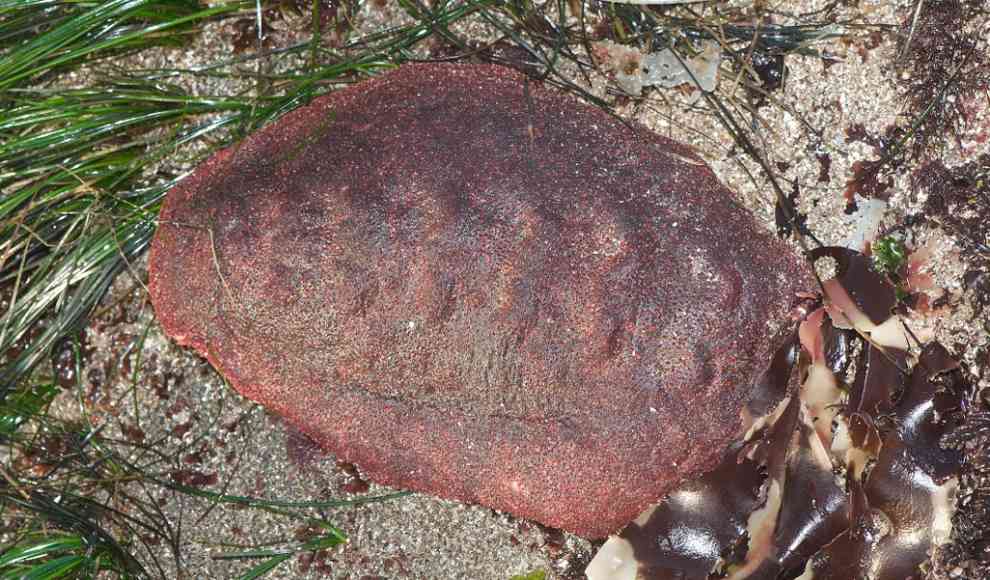The Red-Giant African Land Snail, also known as the “Wandering Meatloaf,” may not look like much, but it possesses a remarkable material in its teeth. According to a recent study, this material holds many new possibilities for modern technology. The snail, which can grow up to 36 centimeters long and weigh up to two kilograms, has a tongue with multiple rows of teeth covered in magnetite, a stable compound of iron and oxygen found in rocks and few organisms. However, a team of researchers has discovered an even more impressive material in the snail’s teeth: Santabarbarait, an iron-phosphate that can connect the hard teeth made of magnesite with the soft tissue of the snail.
The researchers published their findings in the American scientific journal Proceedings of the National Academy of Sciences (PNAS). Santabarbarait was first described and analyzed in 2003, and it is unique in its arrangement in the Red-Giant African Land Snail. Unfortunately, the material is rare, with only ten known locations worldwide, two of which are in Germany. However, the researchers were able to use a similar material to connect hard and soft materials, creating an almost indestructible bond that could be used in various technical fields, such as robotics and space technology.
The discovery of Santabarbarait in the Red-Giant African Land Snail’s teeth opens up many new possibilities for modern technology. The almost indestructible bond created by this material could revolutionize various technical fields, making them more durable and efficient. While the material is rare, the researchers’ findings could lead to the development of similar materials that could be used in various applications. The study highlights the importance of exploring the natural world to find new materials and solutions to modern problems.
Proceedings of the National Academy of Sciences,










